
Butterflies are among the most appealing insects found in nature.
As indispensable members of the beneficial insect crew, butterflies are essential pollinators that pick up tiny grains of pollen on their legs and heads as they flutter from flower to flower. Along with bees and hover flies, butterflies play a vital role in plant reproduction.
But more than this, seeing a butterfly at rest on a flower head is profoundly mesmerizing.
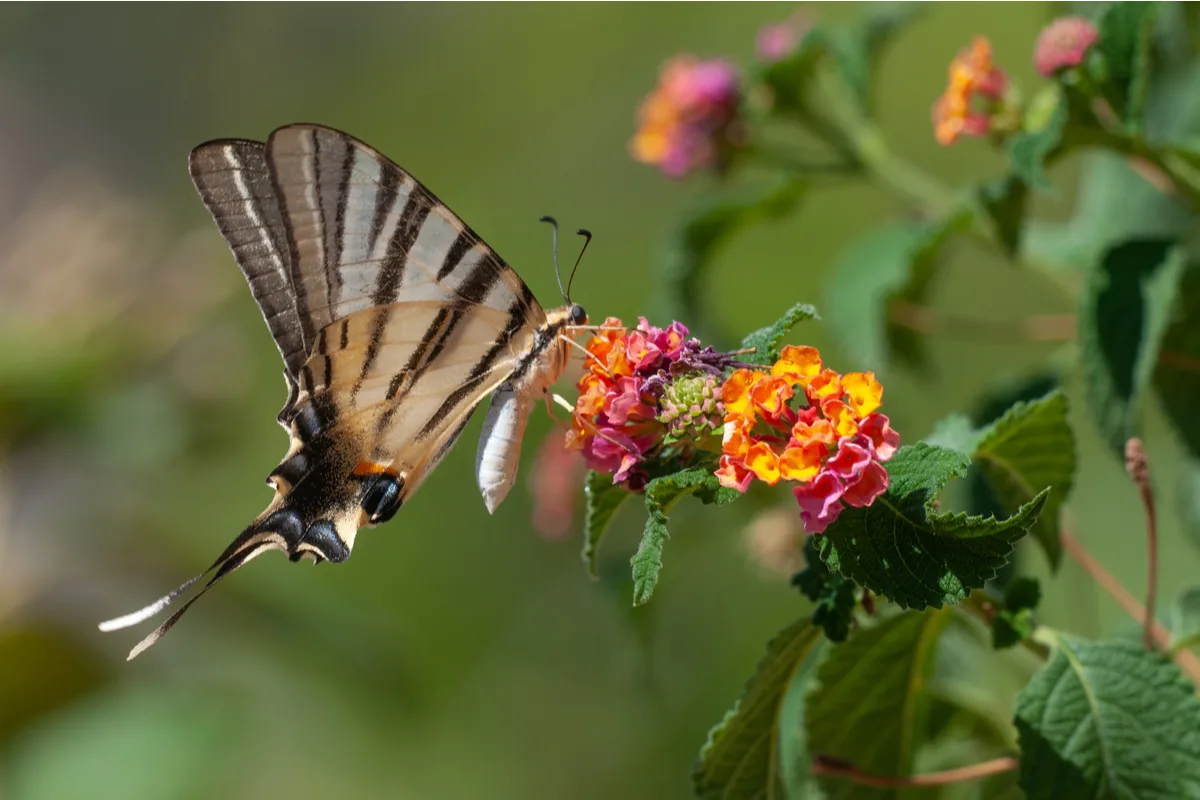
The exquisite colors and intricate patterns of butterfly wings seem to shimmer and change color right before our very eyes.
Butterfly wings are actually made up of microscopic scales that overlap like tiny roof shingles. Some are pigmented in specific hues, while others are iridescent and shift in color depending on the angle of view.
Glimpsing these spectacular creatures among your flowers is one of those things that makes the garden such a magical place.
How to Attract More Butterflies to Your Gardens
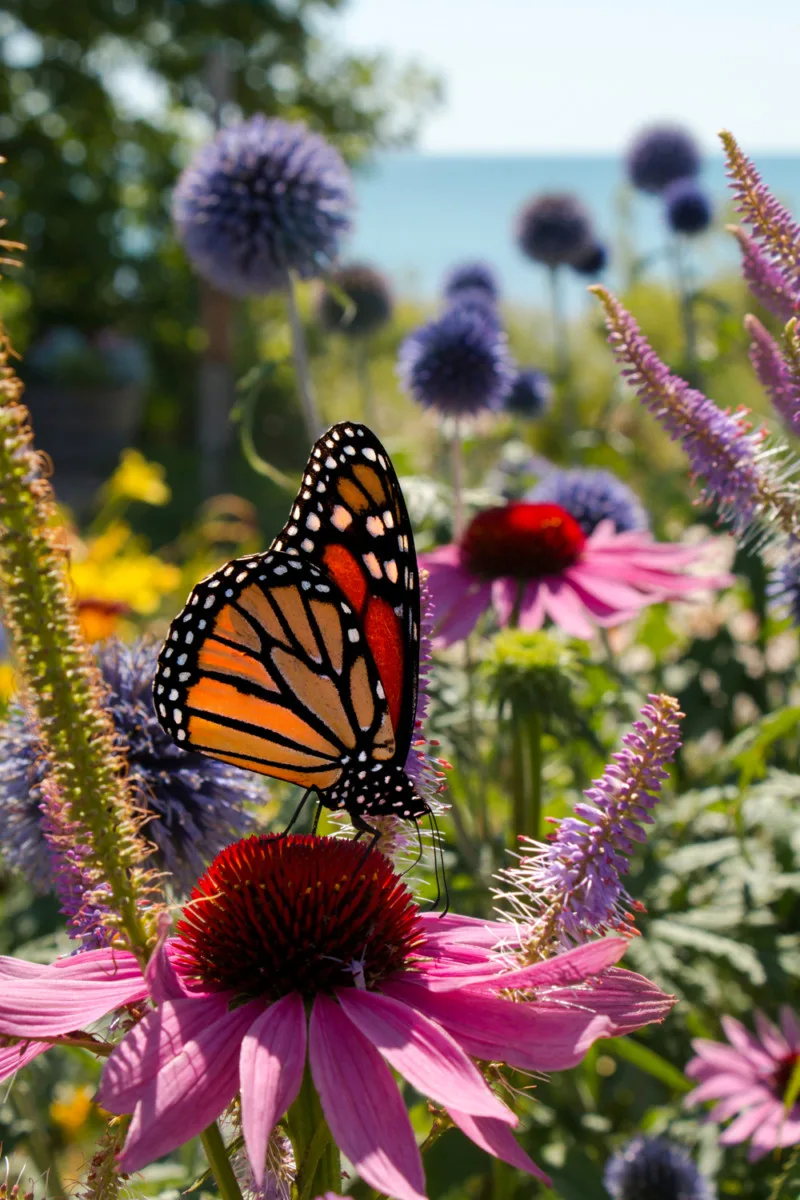
Gardening for the butterflies is splendidly straightforward. For the most part, if you plant the right plants, they will come.
And with roughly 750 species of butterfly that range through North America, there’s a diverse mix of butterflies to potentially attract to your lands. To encourage more monarchs, skippers, blues, and swallowtails, you’ll need to think like a butterfly.
Grow Native Flowers
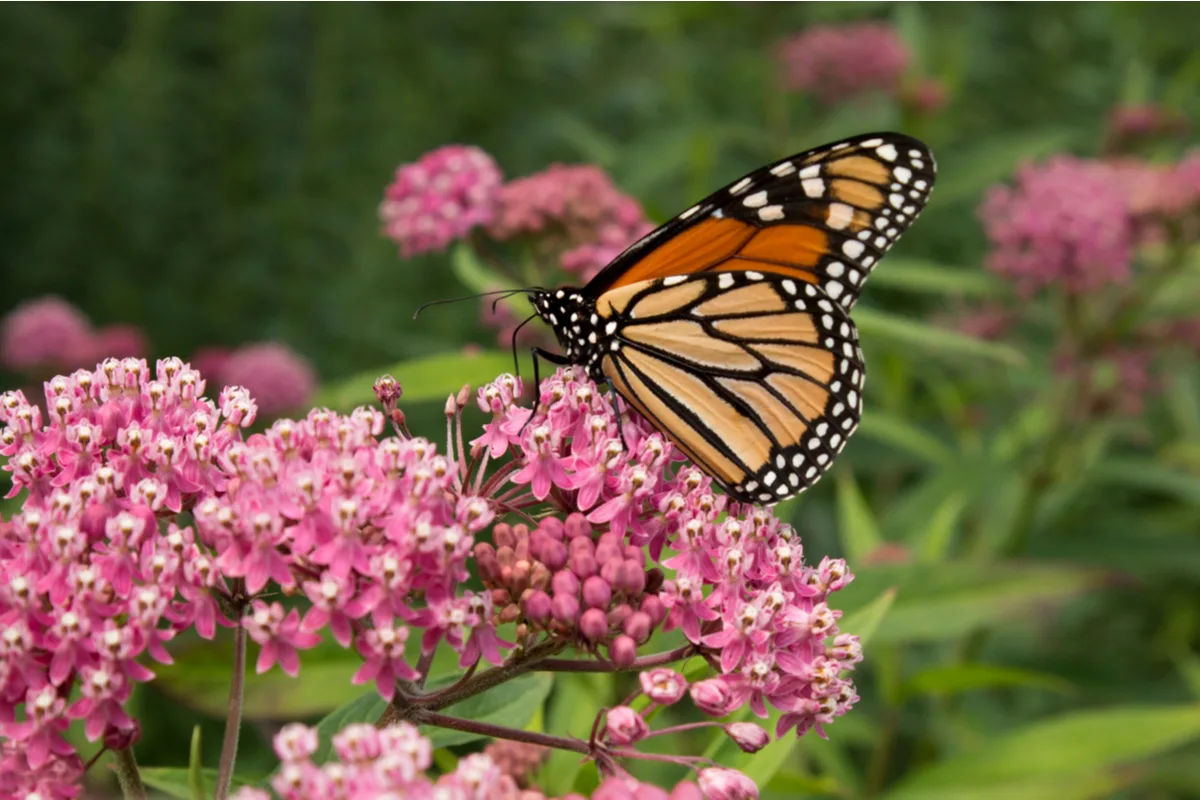
Over the course of millions of years, butterflies and plants have co-evolved to the point of perfect symbiosis. Plants depend on butterflies to cross pollinate and produce seed, while butterflies need flower nectar as a food source to survive.
Growing native flowers is the first step in creating a haven for the butterfly community.
The more closely you can match plants to your geographical region, the better. Use the Lady Bird Johnson Wildflower Center to search for native plant species by state or province.
Plant in Full Sun
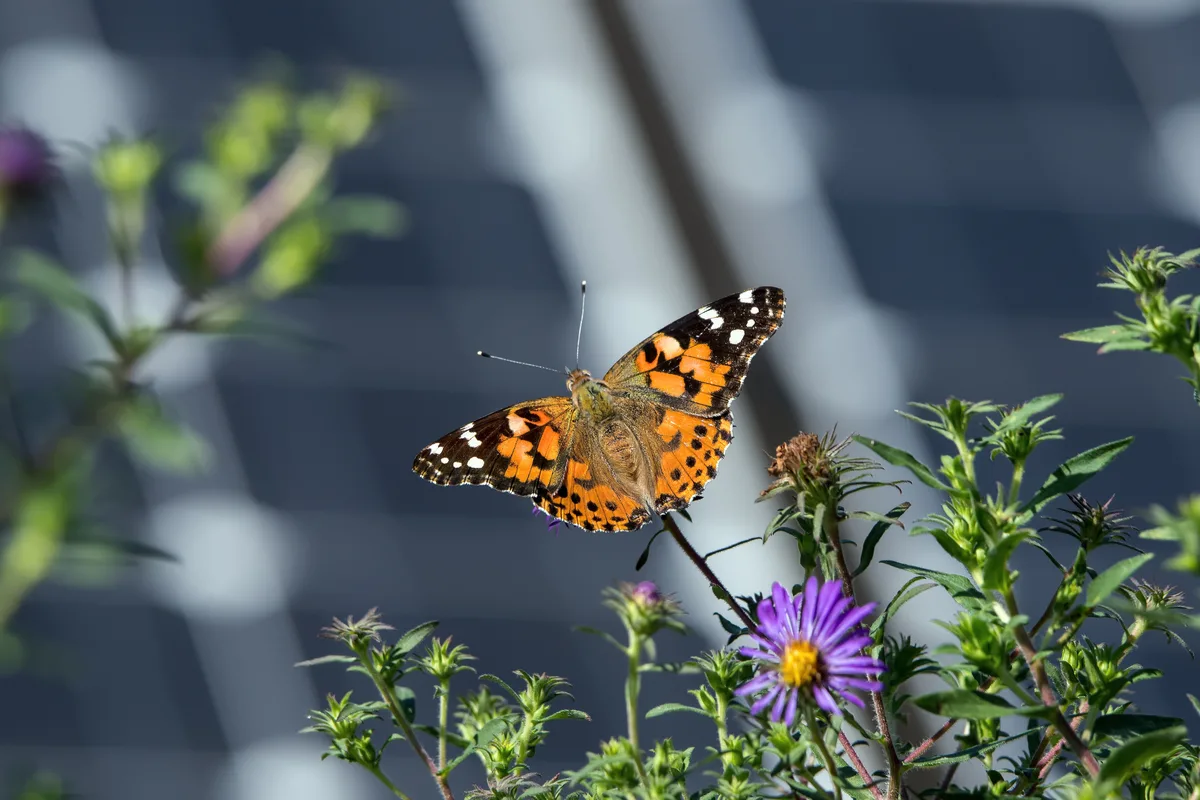
It’s no accident that the wildflowers butterflies feed upon are sun-lovers.
Butterflies are literally solar-powered. As cold-blooded insects, butterflies can only fly when temperatures are at least 60°F (16°C), though 81°F (27°C) and above are best. They will bask, with wings spread out, to soak up the sun’s rays and warm up their muscles when they get too cold.
Try to plant your butterfly garden in a spot that receives full sun from the mid-morning to the mid-afternoon – as this is the time of day when butterflies are most active.
Flower Color and Shape Matter
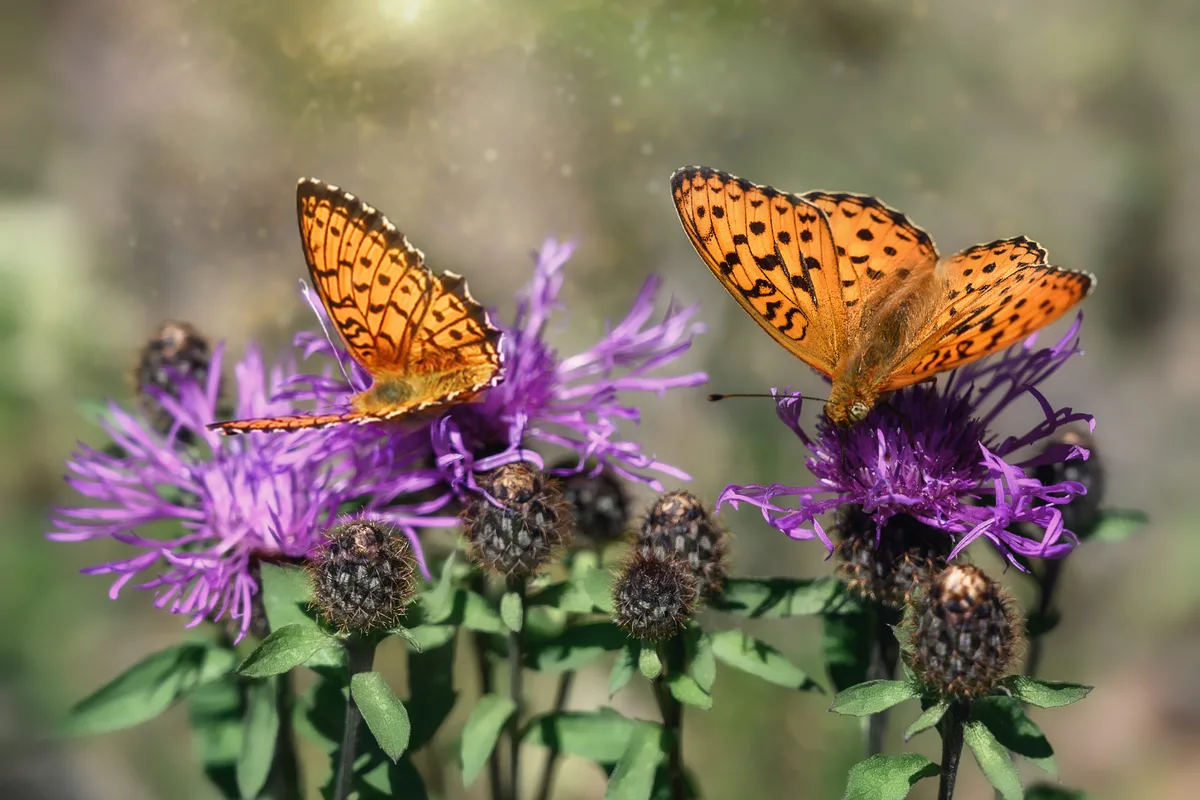
Just as we are, butterflies are drawn to particular flowers because of their shape, color, and fragrance.
While each butterfly species will have its own preferences, most are attracted to blooms that are white, pink, purple, red, yellow, and orange. Flowers with blue or green tones are generally the least liked by butterflies.
Strongly scented blossoms signal to butterflies a rich source of nectar. Large petaled blooms, flat-topped umbels, and short and narrow tubular flowers are the easiest for butterflies to land on and access the sweet stuff.
Plan for Continuous Bloom
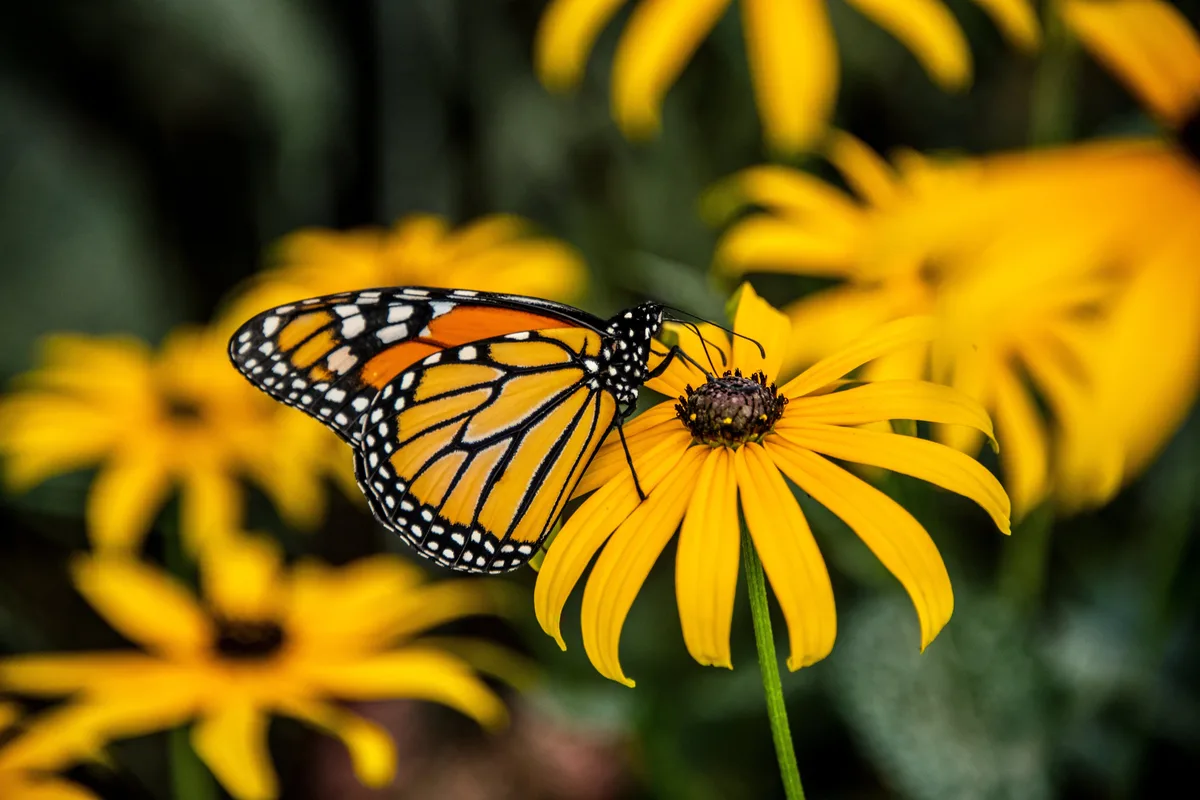
Butterflies need good nectar sources from early spring all the way until late in the fall.
To keep them coming back for more, you’ll want to make sure your gardens are in a constant state of bloom.
When plotting things out this spring, include a variety of perennials and annuals with different bloom times that cover the entire season. The goal is for every flower that fades, a new one is ready to come into bloom.
Add some long-flowering varieties like yarrow and black eyed Susan for good measure. Deadheading spent flowers can also help prompt a second flush of blossoms.
Grow Butterfly Host Plants
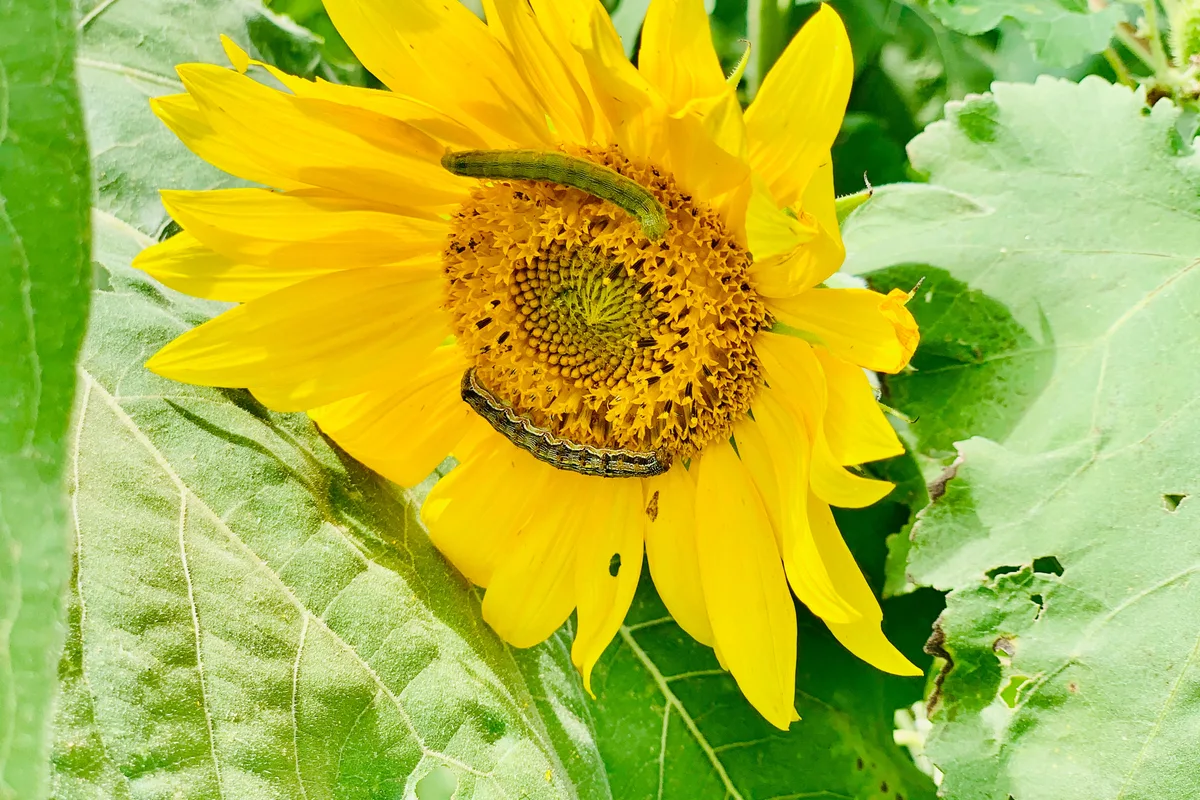
Before they can become gorgeous winged insects, butterflies are first chunky, lumbering caterpillars that spend their days munching on plant foliage.
To be blessed with many butterfly sightings, you’ll need to support the butterfly’s complete lifecycle with caterpillar host plants. Adults will lay eggs on the underside of leaves, and only on plants that are suitable food sources for the hungry larvae.
The host plants that butterflies choose are very specific, and are sometimes exclusive to one plant species. For example, monarch butterflies will only use milkweeds to host their young.
Attract a diverse range of butterflies by planting up a mix of asters, violets, columbine, sunflowers, coneflowers, New Jersey tea, dill, carrot, and parsley. Other caterpillar hosts include willow, serviceberry, dogwood, sumac, oak, birch, crabapple, plum, and cherry.
Build Butterfly Feeders
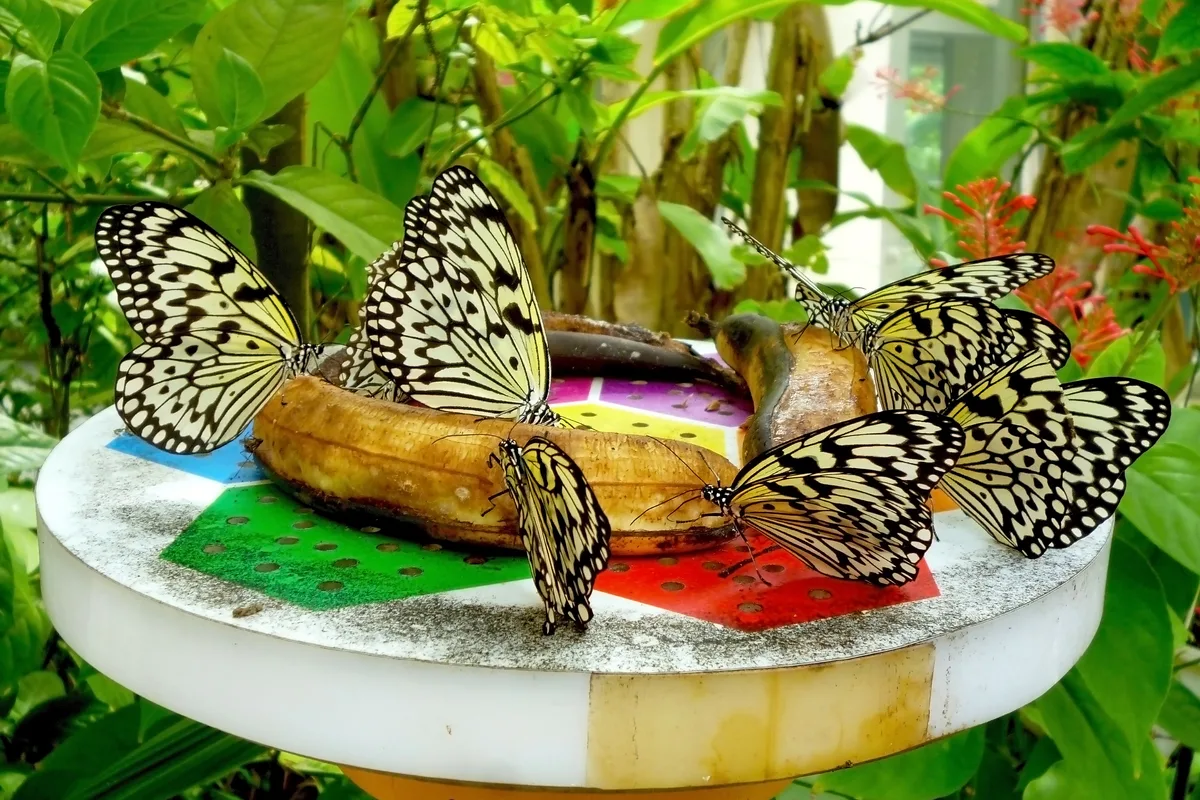
Although flowers provide the ideal butterfly sustenance, setting out butterfly feeding stations around the garden will help supplement their nectar-heavy diets.
Butterfly feeders are a great option for attracting these flutterers when you’re still waiting for your butterfly garden to fill in. Even if your flower beds are well established with plants butterflies love to visit, adding a few feeders will give you many more opportunities to observe them.
Hang up feeders at eye level in sunny spots you’ll see often – near your kitchen window or next to the patio, for instance – to better your chances of beautiful butterfly sightings.
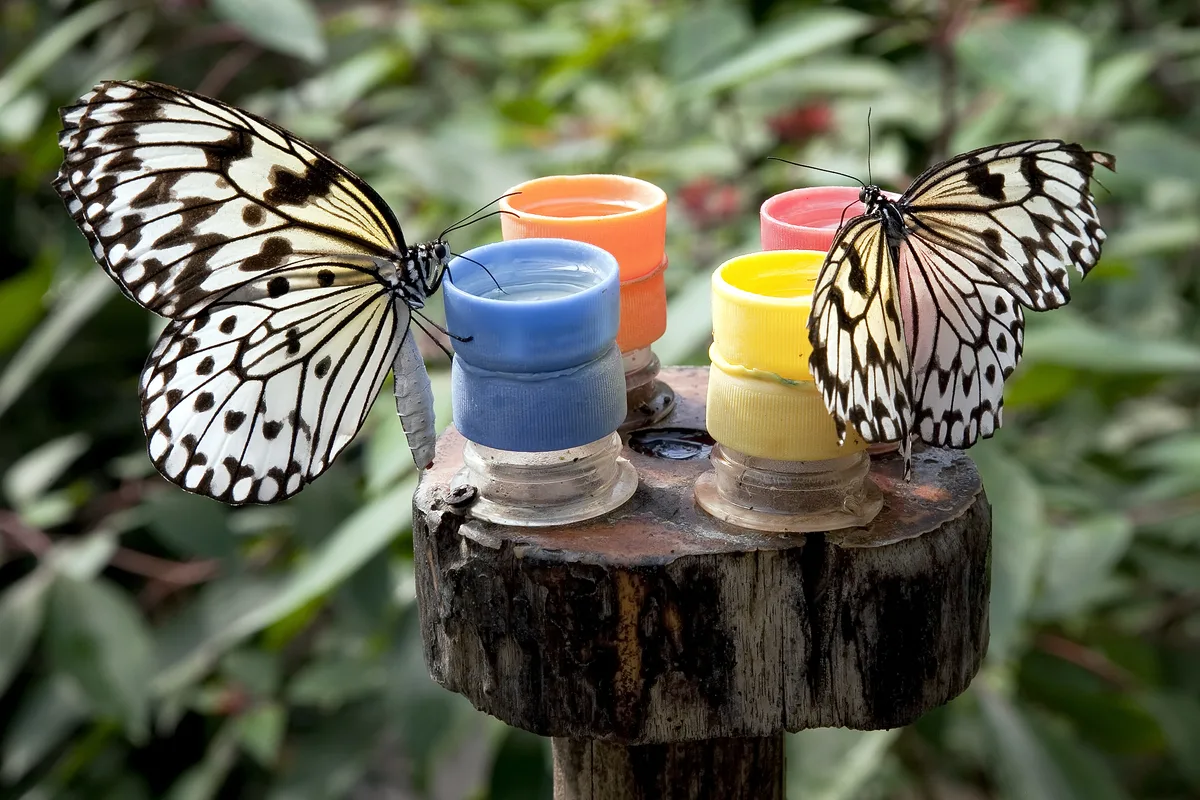
Butterflies have a notable sweet tooth and you’ll attract them to your feeder in droves with sugary liquids.
Overripe, nearly rotten fruits are oozing with liquidy sweetness – oranges, strawberries, apples, bananas, melons, peaches, pineapples, and the like, will provide fruit juice for butterflies to sip on.
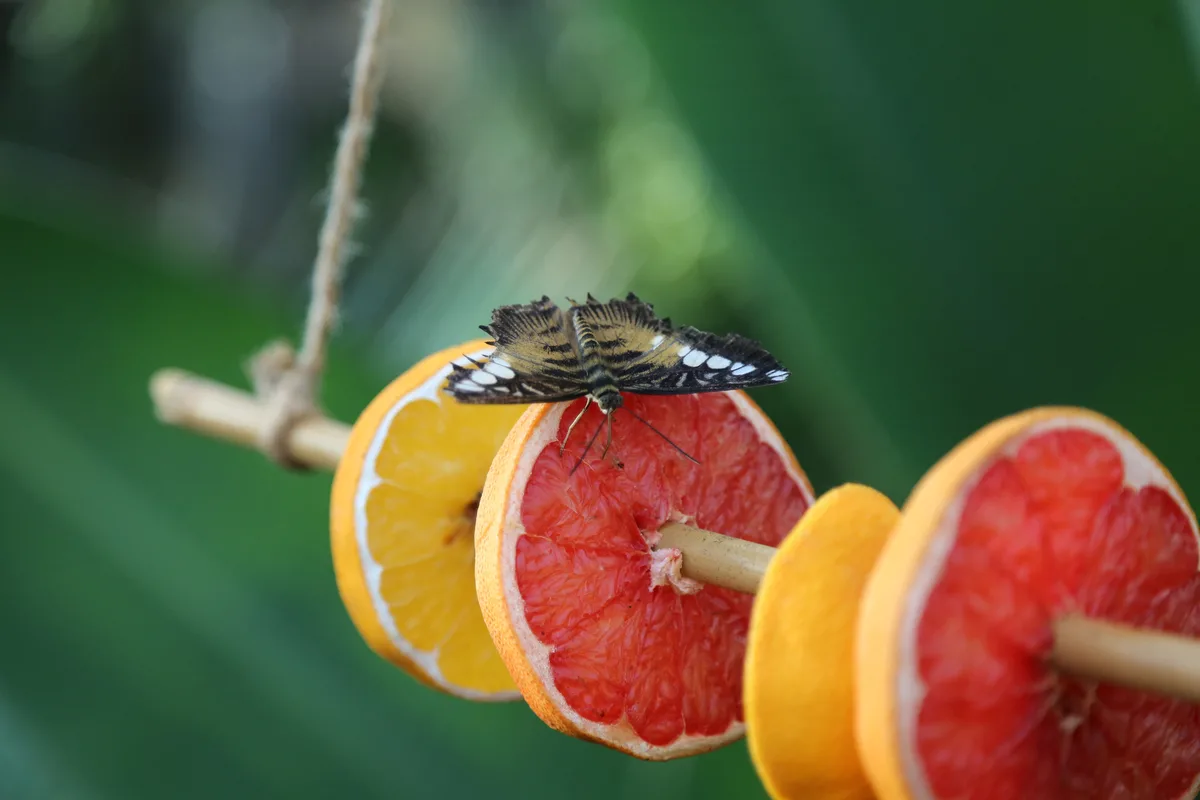
Alternatively, you can make sugar water by boiling 9 parts water with 1 part granulated sugar. Let the mixture cool completely before pouring it onto the butterfly feeder.
8 DIY Butterfly Feeder Ideas
1. Plate Butterfly Feeder
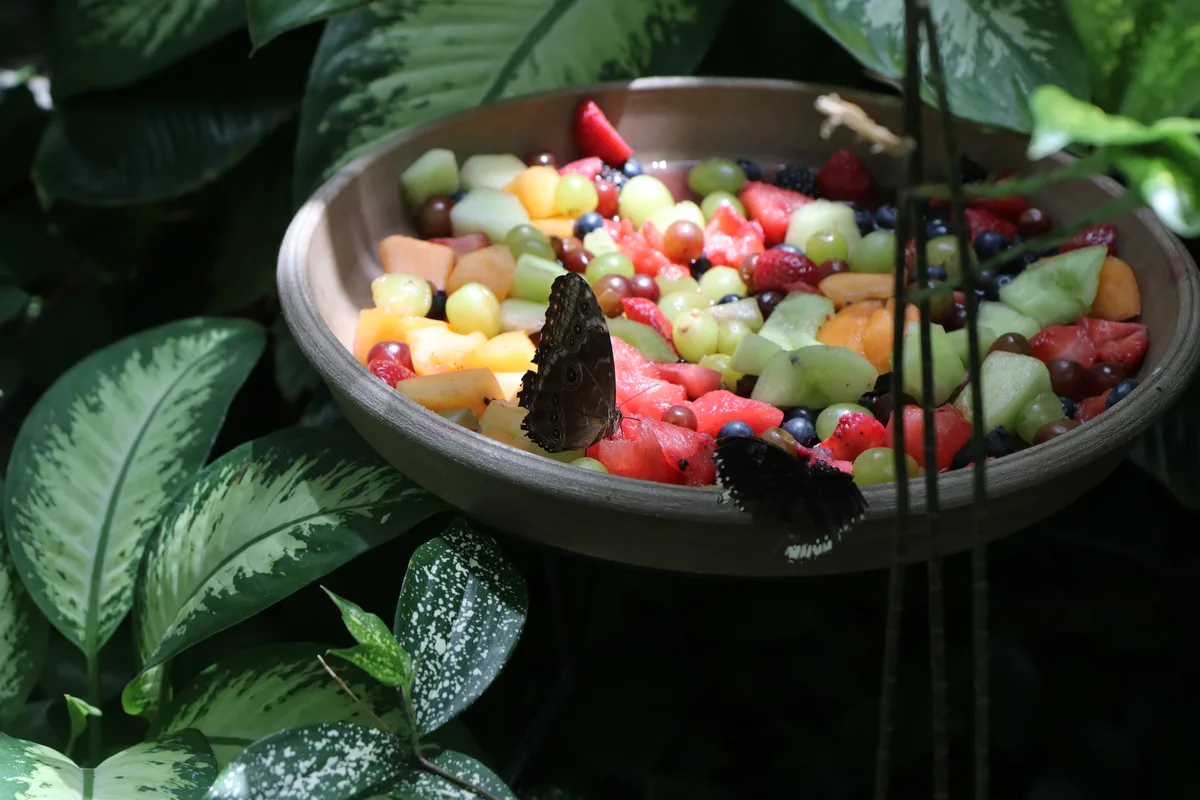
This butterfly feeder can be as basic or as dressy as you’d like.
Here it’s shown with a flower shaped plate, but any saucer or bowl would do. You’ll also need some twine or cotton rope for hanging, and a metal ring or plate mount to hold it all together.
Tie some decorative beads to the twine to add some optional colorful flair.
Get the DIY from Garden Therapy.
2. Glass Jar Butterfly Feeder
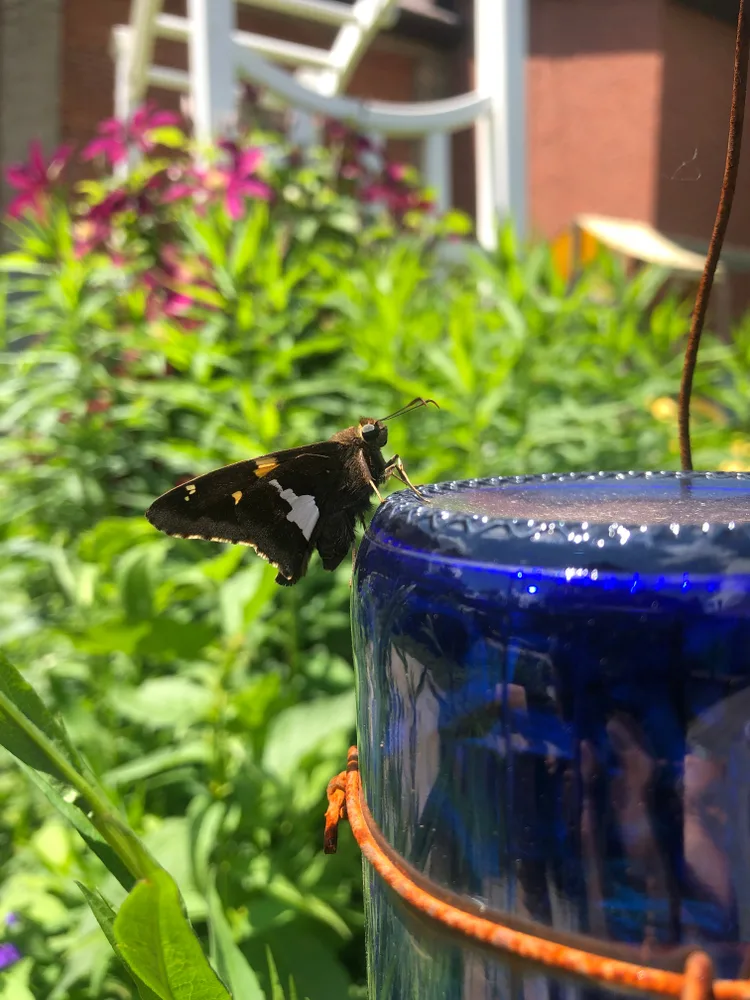
Making a sugar water dispenser for the butterflies is yet another brilliant way to reuse glass jars.
Using the same principles as macramé plant hangers, a series of knots are tied to secure the jar in place. Make a hole in the lid with a nail and hammer, and then plug up the hole with a small piece of sponge.
Fill the jar with sugar water and hang it upside down to slowly release the liquid.
Incorporate colorful silk flowers and beads into the design to help grab the attention of nearby butterflies.
Get the DIY from Burpee.
3. Copper Hook Butterfly Feeders
This DIY is such a clever way to set out nutritious food for the butterfly community. Fruit eating birds also happen to love it too.
To make, heavy gauge copper wire is twisted into a hook shape and wound around a tree branch. Attach several in a row, spacing them about 6 inches apart.
Snag large chunks of fruit on each hook. Bananas, oranges, papayas, and mangoes work particularly well. Leave the peels on the fruit so the hook will have something more substantial to hold on to.
Get the DIY from Birds &Blooms.
4. Suet Cage Butterfly Feeder
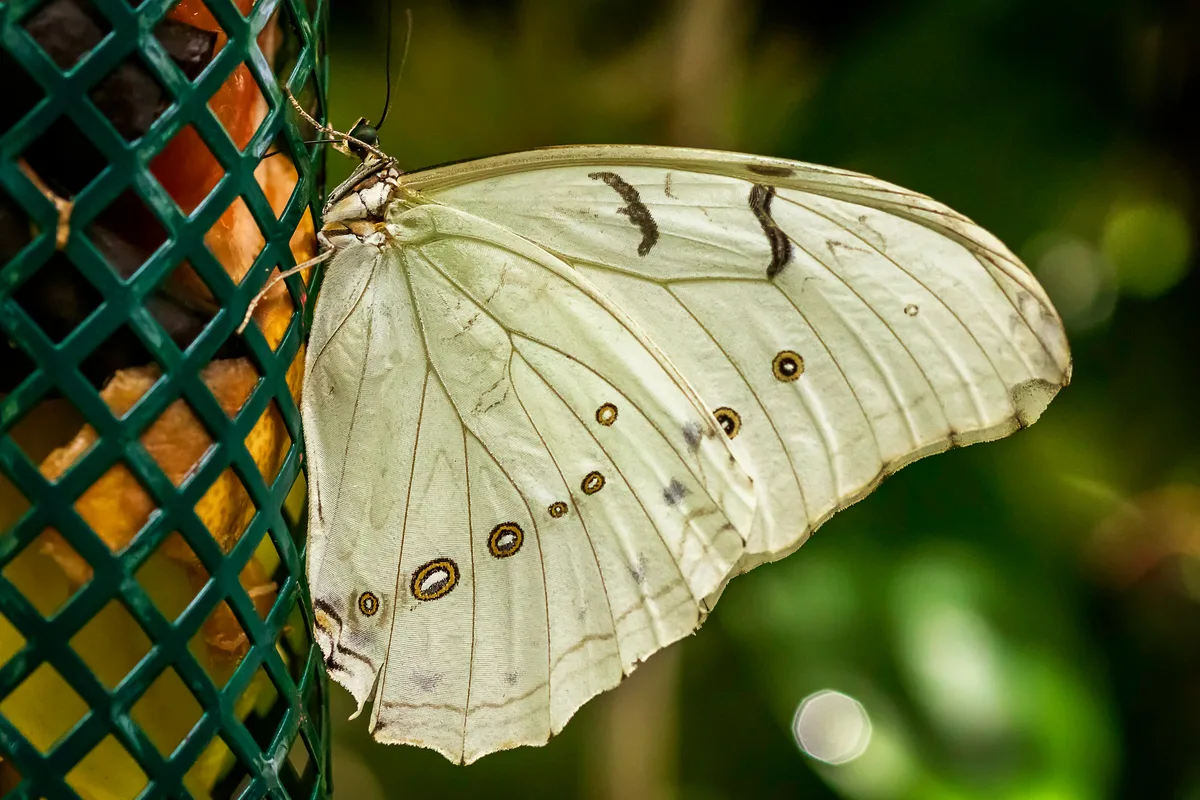
Another smart way to set out a fruity feast, the suet cage feeder will be crawling with butterflies in no time at all.
Fill up the cage with any and all sweet fruits that are about to go bad.
If you’re using fruit with a rind, make sure the juicy flesh is facing outwards when you load up the cage.
5. Terra Cotta Pot Butterfly Feeder
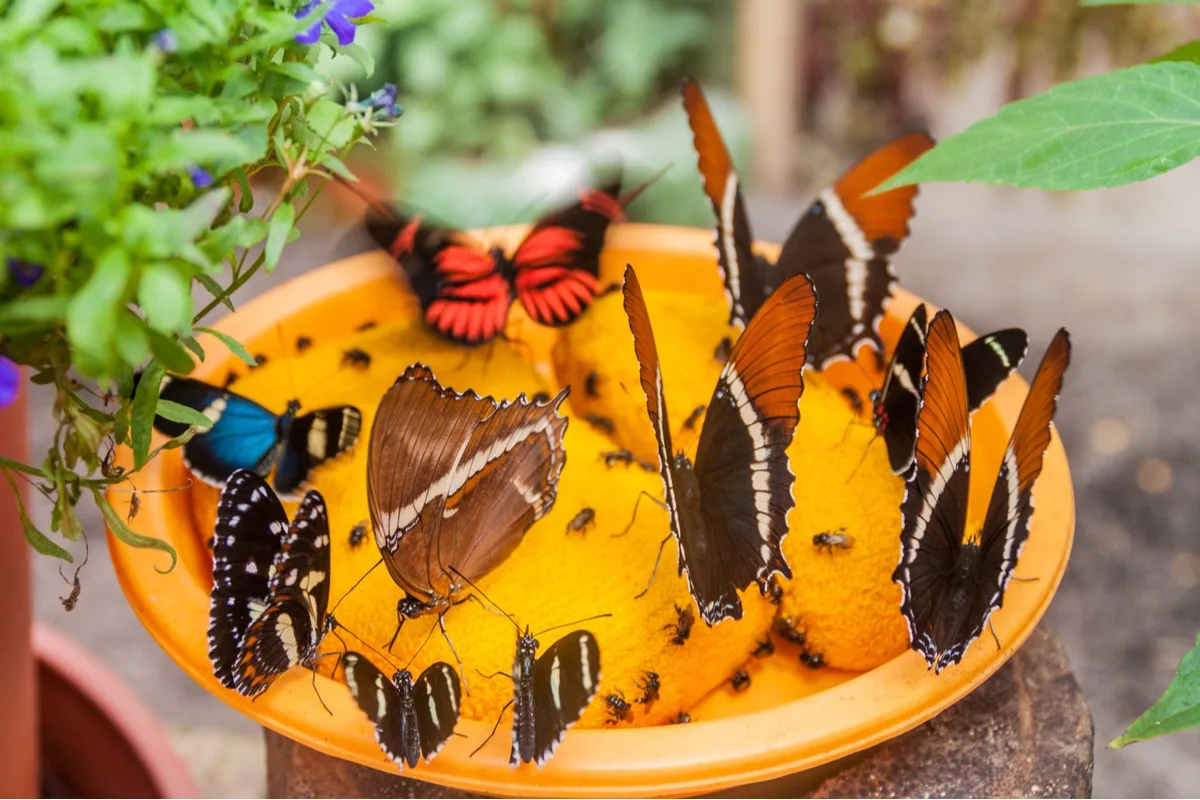
The terra cotta pot butterfly feeder is a standalone piece that can be placed on the ground near your flower beds.
The pot, flipped upside down, acts as the base with a wide saucer glued to the top. Paint it up in bright reds, yellows, oranges, purples, and pinks to lure the butterflies over.
The basin can be filled up with sugar water, fruit past its prime, or a combination of both.
Get the DIY from Proven Winners.
6. Sponge Butterfly Feeder
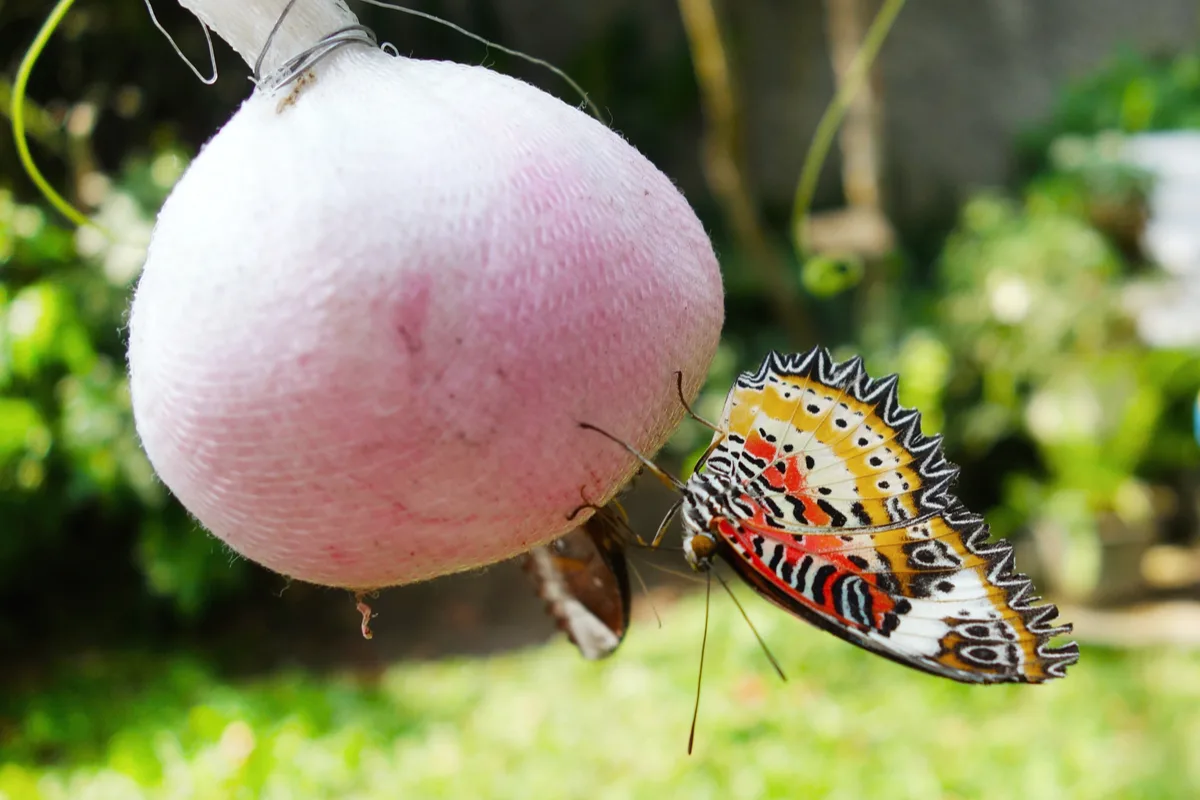
The sponge butterfly feeder is a splendidly simple and fast way to feed our fluttery friends.
All you’ll need is an assortment of sponges in fun, butterfly-approved colors. Poke a hole near the top of each sponge so it can be strung up with twine.
Instead of sugar water, this DIY calls for making a thicker mixture by boiling ¼ cup of granulated sugar with one cup of water.
Once it’s cooled, soak the sponges in the sugary syrup until engorged. Let the excess drip off the sponges before tying them to tree limbs and other easily viewable hanging spots.
Get the DIY from Premeditated Leftovers.
7. Butterfly Water Feeder
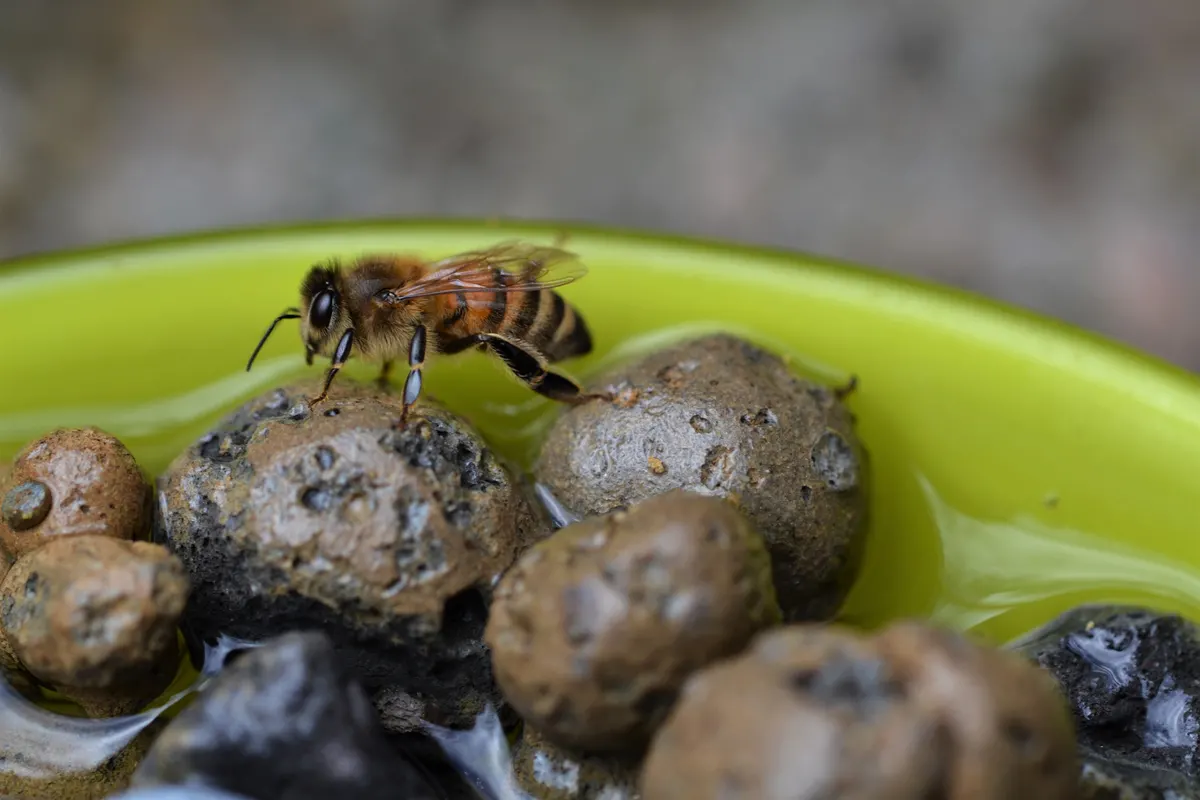
Like all living things, butterflies need good sources of water too. Butterflies can’t land directly on the surface of water and need something to perch on so they can stay dry while they drink.
This bird’s nest-inspired butterfly waterer offers the perfect solution. Made from a grape vine wreath and a glass pie plate that fits tightly within, river rocks or small stones are piled up in the dish to create dry landing zones. Fill up the plate the rest of the way with water.
To prevent it from becoming a mosquito breeding ground, tip out the water and replace with fresh every 2 to 3 days.
Get the DIY from Empress of Dirt.
8. Butterfly Puddler
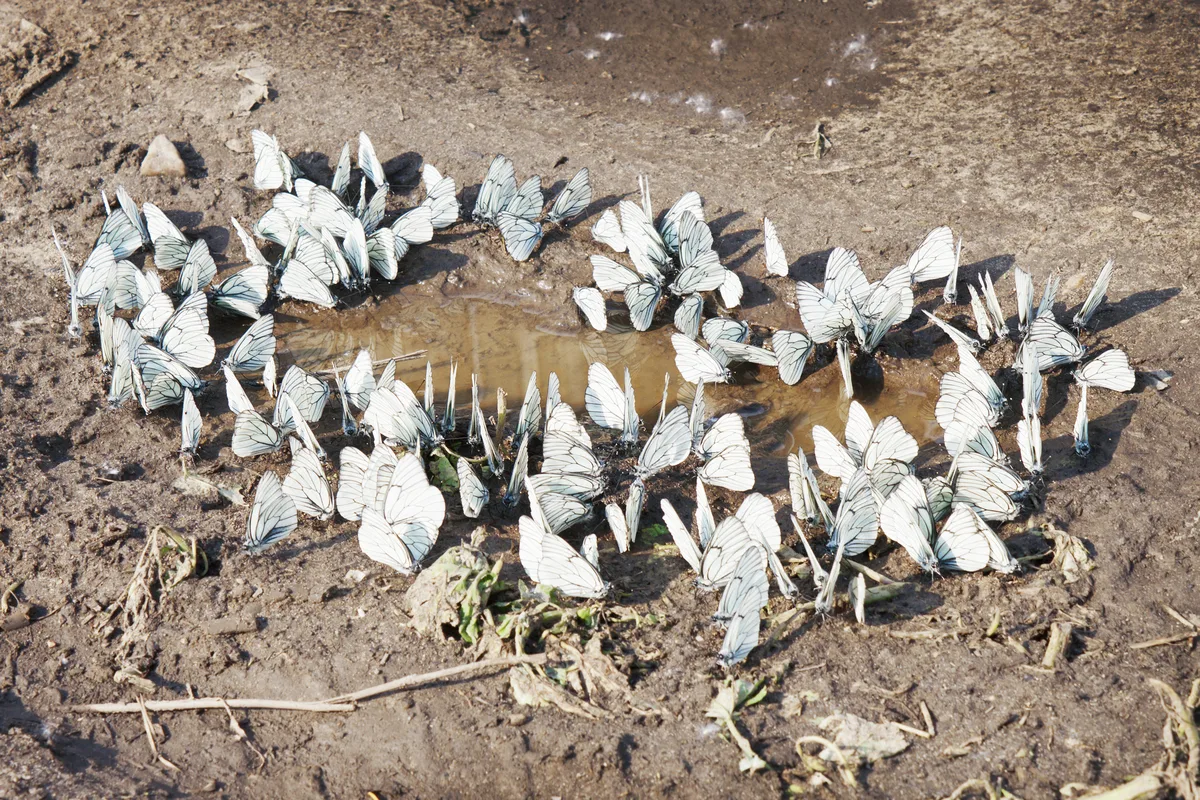
After a good rain, butterflies will congregate around shallow puddles. This practice – known as “puddling” is how butterflies usually meet their water needs. As they siphon up the moisture, they also extract minerals from the soil.
To mimic natural puddlers, all you need is a dish with a lip – a clay saucer or metal lid at least 12-inches wide would work. Fill it up with landscape sand. Add a handful or two of compost, garden soil, or aged manure to charge the sand with minerals and salts. Saturate the sandy mix with water until it’s muddy.
You can place butterfly puddlers on the ground in your garden or on top of a pedestal like you would a bird bath.
Keep the puddle consistently moist and recharge the sand every few months.
Get the DIY from dengarden.

Get the famous Rural Sprout newsletter delivered to your inbox.
Including Sunday musings from our editor, Tracey, as well as “What’s Up Wednesday” our roundup of what’s in season and new article updates and alerts.

